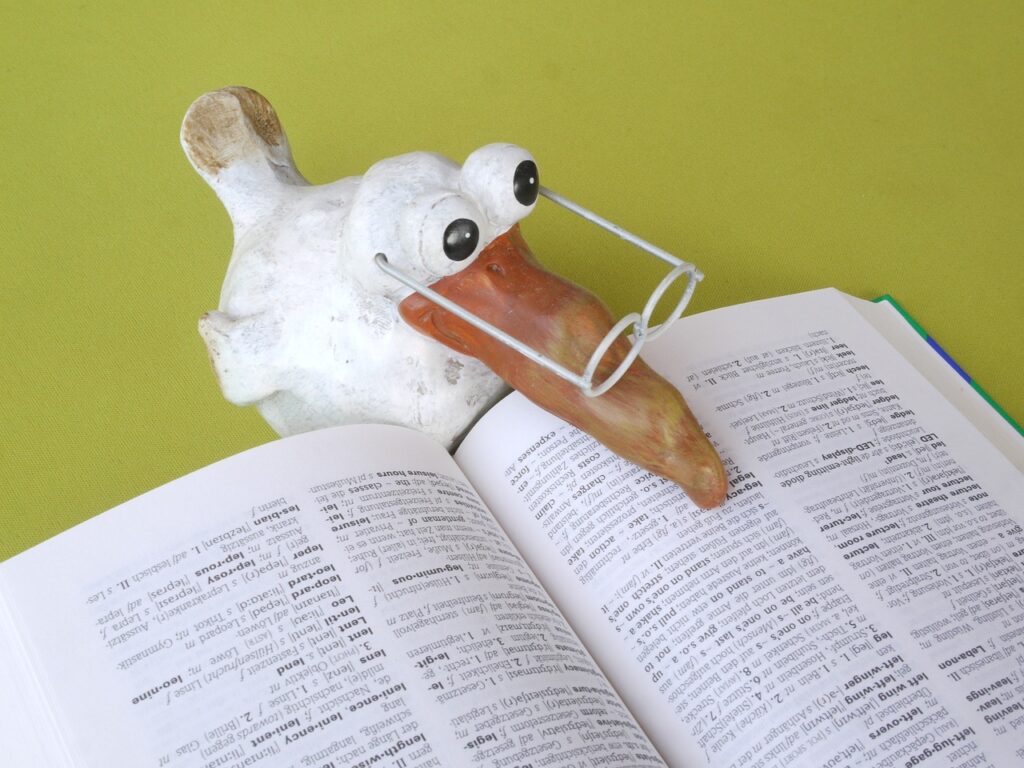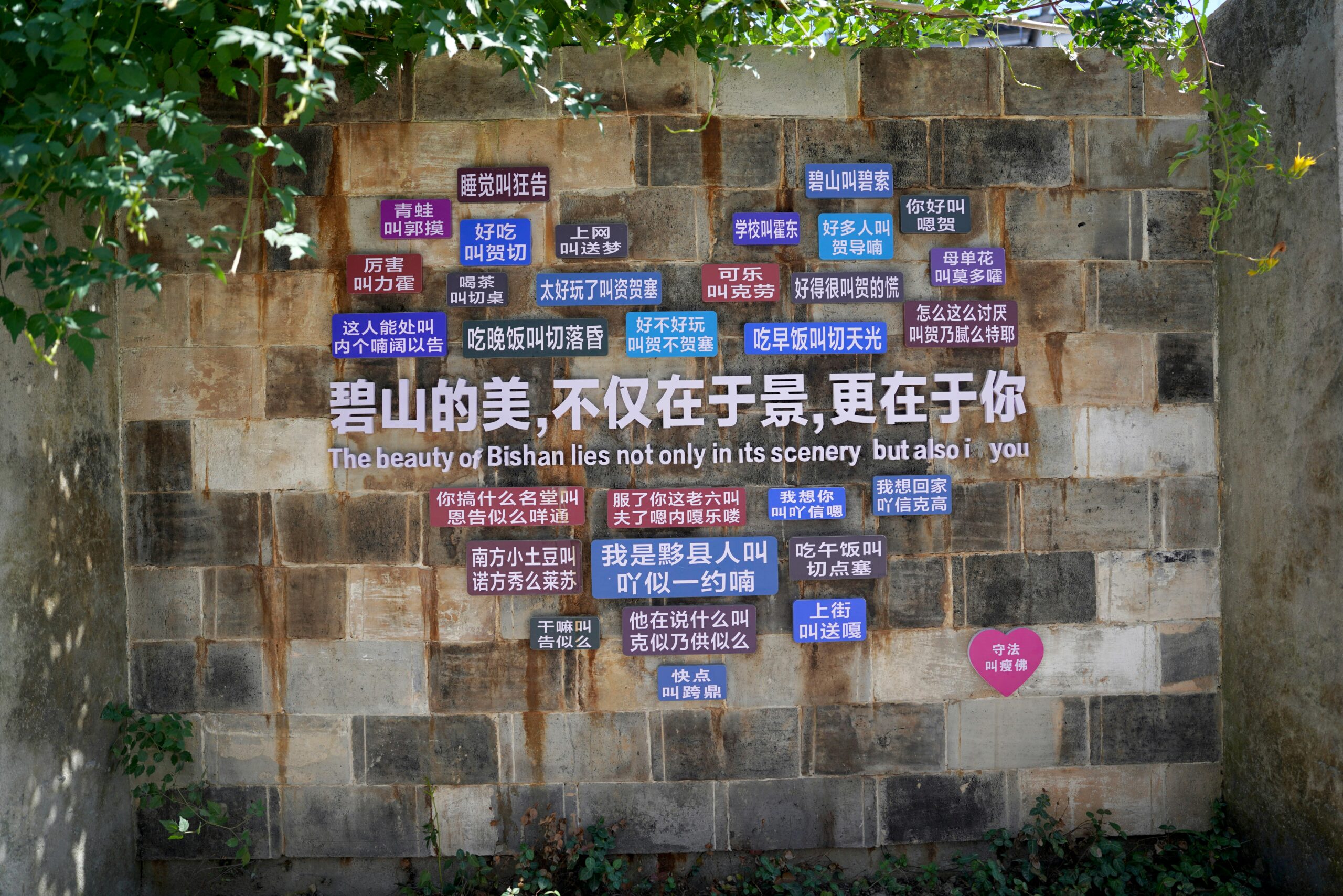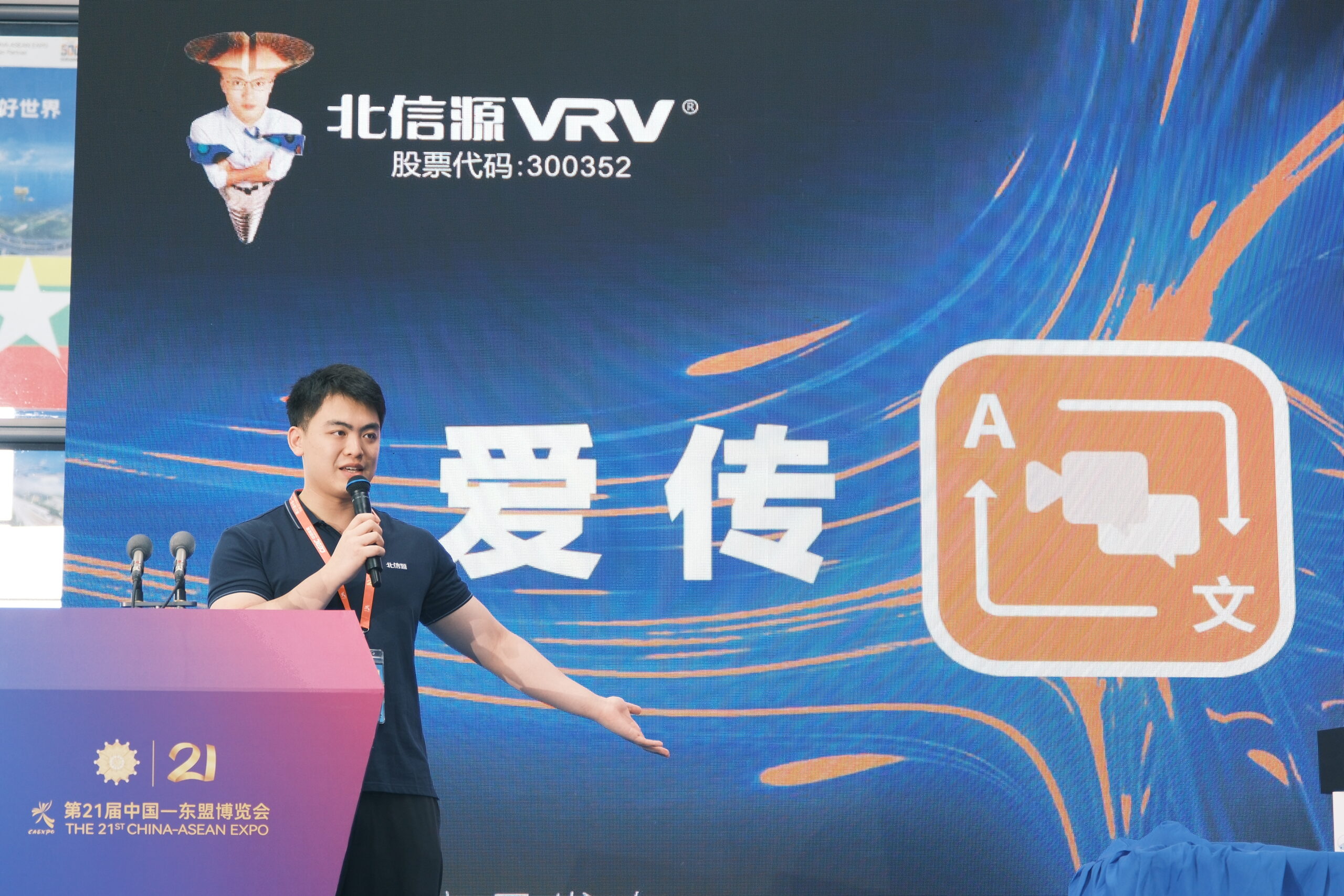In an era where artificial intelligence (AI) is transforming industries at an unprecedented pace, translation services are no exception. AI-powered translation tools promise speed and cost-efficiency, but when it comes to creative works like novels, manga, and games, they fall short of capturing the subtle artistry and cultural depth that only humans can deliver.
Here’s why AI translations, while useful, will never truly replace human creativity—and why the future of translation lies in collaboration, not competition.

The Shortcomings of AI in Creative Translations
Despite significant advancements, AI struggles to grasp the nuances of human expression. Cultural subtleties, idiomatic language, and character-specific dialogues often get lost in translation, leading to mechanical and contextually inaccurate results.
This is especially problematic in creative fields where emotional depth and cultural resonance are essential. The Japan Association of Translators (JAT) has strongly cautioned against relying on AI for manga translations, arguing that it strips away the cultural and artistic integrity of the work.
Case Studies: When AI Translations Fell Short
Manga and Fan Pushback
The beloved manga series The Ancient Magus’ Bride faced criticism when it announced a simultaneous English release using AI translations. Fans pointed out that AI lacks the nuance to convey the tone, humor, and cultural intricacies vital to a satisfying reading experience.
Gaming Industry Insights
Nihon Falcom’s president, Toshihiro Kondo, shared a balanced view: while AI has potential, it cannot replace human translators in capturing the essence of a story. For narrative-heavy games, AI may churn out words, but only a human can ensure they resonate.

Why Human Creativity Matters
At its core, translation isn’t just about converting words from one language to another; it’s about conveying meaning, emotion, and intent.
Human translators can:
- Interpret subtext, tone, and cultural cues.
- Adapt humor and idioms to make sense in the target language.
- Preserve the artistic and emotional impact of the original work.
These elements are crucial for creative translations, where the audience’s emotional connection to the story or characters is paramount.
AI and Human Collaboration: A Path Forward
While AI won’t replace human translators, it has an important role to play. AI excels at repetitive tasks like generating rough drafts or translating technical, straightforward content. This frees human translators to focus on adding creativity, cultural understanding, and emotional depth.
The synergy between humans and AI can yield faster, more accurate translations without compromising quality.

Frequently Asked Questions
1. Can AI completely replace human translators?
Not yet, and perhaps not ever—particularly in creative industries. AI lacks the ability to interpret context, subtext, and emotion, which are critical for high-quality translations.
2. What are the advantages of using AI in translation?
AI provides speed, cost-effectiveness, and scalability, making it ideal for handling large volumes of technical or simple text. It’s a powerful tool but not a standalone solution.
3. How can AI and human translators work together?
AI can generate drafts or handle repetitive work, allowing human translators to focus on refining the content and ensuring cultural and emotional authenticity.
4. Are there ethical concerns with AI translation?
Yes, including job displacement and cultural misinterpretation. It’s vital to use AI responsibly, ensuring human oversight remains central to the process.
The Bottom Line
AI translations are a valuable tool, but they are no substitute for the artistry, creativity, and cultural understanding of human translators. For industries that value authenticity and emotional impact, human creativity remains irreplaceable.
The future of translation is not about choosing between AI and humans—it’s about combining their strengths to achieve the best of both worlds. Let’s embrace the collaboration that elevates both efficiency and artistry.
Sources Silicorena


